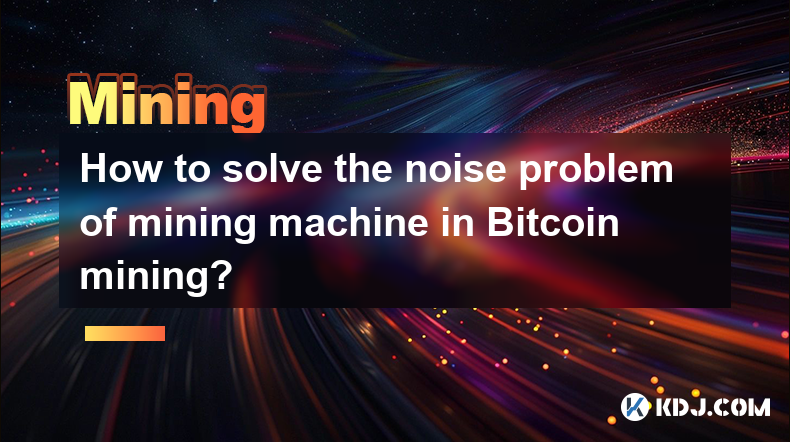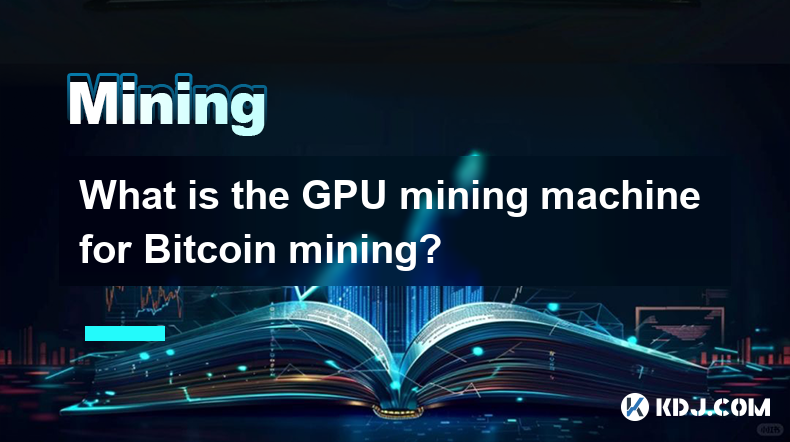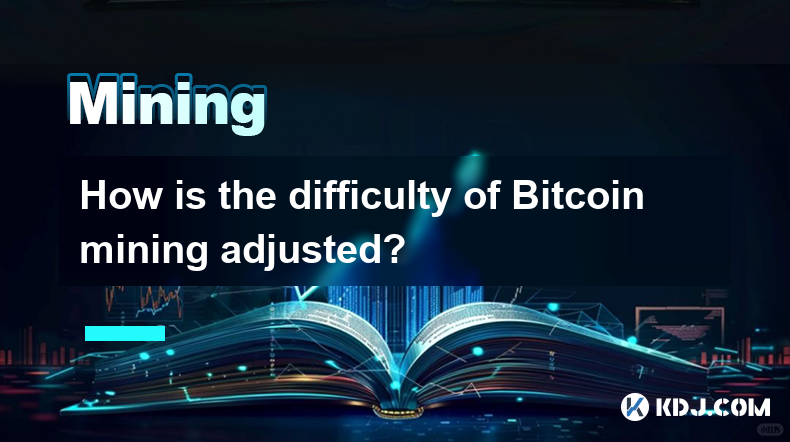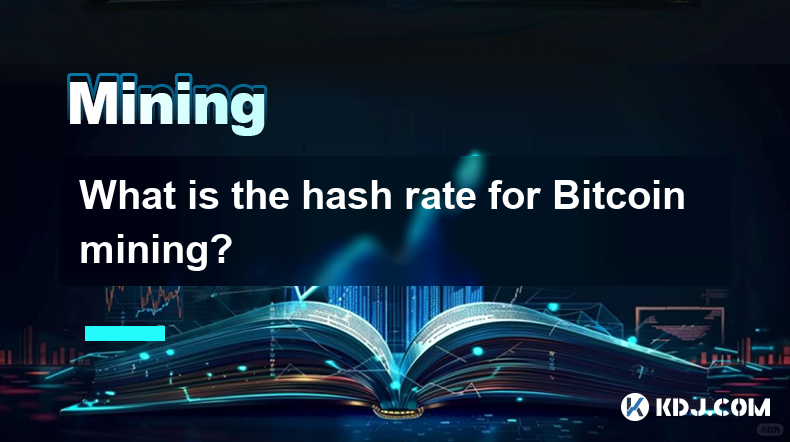-
 Bitcoin
Bitcoin $95,074.9515
-0.74% -
 Ethereum
Ethereum $2,665.6835
-4.54% -
 Tether USDt
Tether USDt $1.0002
0.02% -
 XRP
XRP $2.4494
-4.04% -
 BNB
BNB $638.0772
-2.37% -
 Solana
Solana $156.5859
-7.30% -
 USDC
USDC $1.0000
0.00% -
 Dogecoin
Dogecoin $0.2272
-6.74% -
 Cardano
Cardano $0.7239
-6.16% -
 TRON
TRON $0.2462
1.52% -
 Chainlink
Chainlink $16.3607
-7.20% -
 Stellar
Stellar $0.3180
-3.19% -
 Avalanche
Avalanche $23.3315
-6.29% -
 Sui
Sui $3.0562
-8.29% -
 Litecoin
Litecoin $122.6888
-4.43% -
 Hedera
Hedera $0.2182
4.13% -
 Toncoin
Toncoin $3.5994
-4.58% -
 UNUS SED LEO
UNUS SED LEO $9.2990
-4.68% -
 Shiba Inu
Shiba Inu $0.0...01456
-6.15% -
 MANTRA
MANTRA $8.3829
-1.28% -
 Polkadot
Polkadot $4.6810
-6.35% -
 Hyperliquid
Hyperliquid $21.1484
-10.37% -
 Bitcoin Cash
Bitcoin Cash $310.3752
-4.70% -
 Ethena USDe
Ethena USDe $1.0004
-0.01% -
 Bitget Token
Bitget Token $4.8227
-3.57% -
 Dai
Dai $0.9997
-0.02% -
 Uniswap
Uniswap $8.4145
-6.84% -
 Monero
Monero $233.6863
0.09% -
 NEAR Protocol
NEAR Protocol $3.2860
-2.67% -
 Pepe
Pepe $0.0...08713
-6.43%
Bitcoin graphics card mining tutorial
To optimize mining performance, evaluate hash rate, power consumption, cooling capabilities, price, and availability when selecting the appropriate graphics card.
Jan 10, 2025 at 12:34 am

Key Points:
- Choosing the Right Graphics Card
- Setting Up Your Mining Software
- Joining a Mining Pool
- Monitoring Your Mining Performance
- Troubleshooting Common Issues
I. Choosing the Right Graphics Card
- Consider the hash rate. The hash rate measures the computational power of a graphics card and is essential for determining its mining capabilities. Look for cards with high hash rates.
- Evaluate the power consumption. Mining consumes significant electricity, so consider the power usage of the graphics card to optimize efficiency.
- Research cooling capabilities. Mining generates heat, so the graphics card must have adequate cooling to prevent overheating.
- Check the price. Compare the cost of different graphics cards to find a balance between performance and cost-effectiveness.
- Consider availability. Ensure the graphics card you choose is readily available to avoid delays in starting your mining operation.
II. Setting Up Your Mining Software
- Select and install a mining software. Choose reputable software that supports the graphics card you have selected.
- Create a cryptocurrency wallet. Your mining rewards will be deposited to your wallet, so create one from a reputable provider.
- Configure the mining software. Enter the details of your cryptocurrency wallet and connect the mining software to the chosen mining pool (see step III).
- Adjust the mining settings. Optimize the software's settings to maximize mining efficiency, including pool fees and hardware overclocking.
- Start mining. Initiate the mining process and monitor its progress through the software's dashboard.
III. Joining a Mining Pool
- Research available pools. Find mining pools that support the cryptocurrency you intend to mine and compare their fees, payouts, and reputation.
- Create an account. Register with a pool to join their network of miners and receive rewards for your contributions.
- Connect to the pool. Use your mining software to connect to the mining pool using the pool's server address and port.
- Configure the pool settings. Input your cryptocurrency wallet address and adjust any additional settings provided by the pool.
- Start contributing. Your mining software will automatically contribute to the pool's hash rate and receive a portion of the rewards based on your share.
IV. Monitoring Your Mining Performance
- Track your hash rate. Monitor the real-time and average hash rates of your mining equipment to ensure optimal performance.
- Check your mining rewards. Log into your cryptocurrency wallet to monitor the rewards you have accumulated from mining.
- Analyze pool statistics. Review the pool's website or dashboard to track your contributions, estimated earnings, and payout schedule.
- Observe temperature and power consumption. Monitor the temperature and power consumption of your mining hardware to detect potential issues.
- Update software and drivers. Keep your mining software and graphics card drivers up to date to ensure smooth operation and maximize efficiency.
V. Troubleshooting Common Issues
- Low hash rate. Verify that your graphics card is installed correctly and set up in the mining software. Adjust mining settings for overclocking or undervolting.
- High temperature. Ensure adequate ventilation and cooling for your mining hardware. Consider using additional fans or liquid cooling solutions.
- Hardware errors. Run hardware diagnostic tests to identify any issues with the graphics card or other components. Check for loose connections or faulty parts.
- Pool connection issues. Restart your mining software and ensure your internet connection is stable. Re-enter the pool's server address and port information correctly.
- Delayed or low rewards. Confirm your wallet address is entered correctly in the mining software and pool settings. Check the pool's website for any payout delays or maintenance issues.
FAQs:
What is Bitcoin graphics card mining?
- Bitcoin graphics card mining is the process of using specialized computer hardware, particularly graphics cards, to verify and add transactions to the Bitcoin blockchain, earning rewards in the form of Bitcoin.
Is Bitcoin graphics card mining profitable?
- The profitability of Bitcoin graphics card mining depends on various factors, including the current Bitcoin price, electricity costs, mining difficulty, and hardware capabilities. It is essential to carefully evaluate and plan to determine the potential profitability.
What are the risks involved in Bitcoin graphics card mining?
- Bitcoin graphics card mining involves hardware costs, electricity consumption, potential hardware damage due to overheating or overloading, and price fluctuations of Bitcoin. It is important to research and mitigate these risks before investing in mining.
What is the best graphics card for Bitcoin mining?
- The best graphics card for Bitcoin mining is highly dependent on factors such as hash rate, power consumption, cooling capabilities, availability, and price. Recent models that offer superior mining performance include the Nvidia GeForce RTX 3080 and 3090, and the AMD Radeon RX 6900 XT and 6800 XT.
Is Bitcoin graphics card mining still relevant?
- The relevance of Bitcoin graphics card mining is influenced by the price of Bitcoin and the continuously evolving mining technology. While ASIC miners have gained dominance in Bitcoin mining, graphics card mining remains relevant for small-scale operations and altcoin mining.
Disclaimer:info@kdj.com
The information provided is not trading advice. kdj.com does not assume any responsibility for any investments made based on the information provided in this article. Cryptocurrencies are highly volatile and it is highly recommended that you invest with caution after thorough research!
If you believe that the content used on this website infringes your copyright, please contact us immediately (info@kdj.com) and we will delete it promptly.
- Investors Shift Focus to Ozak AI’s Presale After Their Solana-Based Losses
- 2025-02-24 23:40:28
- Rexas Finance (RXS) – The Next 100x Altcoin With Real Utility That Could Make You a Millionaire
- 2025-02-24 23:40:28
- Cardano (ADA) Price Prediction Targets $1.50 as Presale Investors Focus on Remittix (RTX) Payments
- 2025-02-24 23:40:28
- Cardano (ADA) Market Analysis – Targeting $10 as DeFi Ecosystem Heats Up
- 2025-02-24 23:40:28
- Dogecoin's Future Uncertain: An In-Depth Analysis of Market Trends and Predictions
- 2025-02-24 23:40:28
- OX.FUN, a crypto derivatives exchange linked to the bankrupt Three Arrows Capital co-founders Su Zhu and Kyle Davies, is under fire following allegations of financial misconduct.
- 2025-02-24 23:40:28
Related knowledge

How to remotely manage Bitcoin mining machines?
Feb 24,2025 at 11:24pm
How to Remotely Manage Bitcoin Mining MachinesKey Points:Choose a remote management platformSet up your mining machines for remote accessUse a hardware wallet for added securityMonitor your mining activity and make adjustments as neededKeep your software up-to-date1. Choose a Remote Management PlatformThere are several remote management platforms that c...

How to solve the noise problem of mining machine in Bitcoin mining?
Feb 24,2025 at 08:37pm
Key Points:Understand the root causes of noise generated by mining machinesImplement noise-dampening techniques to reduce sound levelsExplore alternative mining strategies to mitigate noise impactConsider professional consulting services for specialized expertiseProblem Analysis:Bitcoin mining operations generate significant noise due to the powerful co...

What is the GPU mining machine for Bitcoin mining?
Feb 24,2025 at 08:30pm
Key Points of Bitcoin GPU Mining MachineUnderstanding the Basics of Bitcoin MiningEssential Components of a GPU Mining RigSelecting the Right GPU for Bitcoin MiningBuilding and Configuring a GPU Mining RigJoining a Mining PoolMonitoring and Maintaining Your GPU Mining RigComprehensive Guide to GPU Mining Machines for Bitcoin Mining1. Understanding the B...

What is the mining pool for Bitcoin mining?
Feb 24,2025 at 09:54pm
Key Points:Understanding Mining PoolsBenefits of Mining in PoolsSelecting a Reputable Mining PoolFactors to Consider When Choosing a PoolRisks Associated with Mining PoolsAlternatives to Mining PoolsWhat is a Mining Pool for Bitcoin Mining?A mining pool is a collective of individual Bitcoin miners who combine their computing power to increase their chan...

How is the difficulty of Bitcoin mining adjusted?
Feb 24,2025 at 10:01pm
Key Points:Adjustment mechanism: Bitcoin's mining difficulty adjusts every 2,016 blocks (approximately every two weeks) based on the time taken to mine the previous 2,016 blocks.Target block time: The target block time for Bitcoin is 10 minutes.Difficulty adjustment formula: The mining difficulty is adjusted using a formula that compares the actual aver...

What is the hash rate for Bitcoin mining?
Feb 24,2025 at 07:13pm
Key Points:The hash rate measures the computational power dedicated to Bitcoin mining.A higher hash rate indicates a more secure network, making it difficult for malicious actors to compromise.Miners aim to solve complex mathematical puzzles to earn rewards in the form of Bitcoins.Specialized hardware, such as ASICs, is predominantly used in Bitcoin min...

How to remotely manage Bitcoin mining machines?
Feb 24,2025 at 11:24pm
How to Remotely Manage Bitcoin Mining MachinesKey Points:Choose a remote management platformSet up your mining machines for remote accessUse a hardware wallet for added securityMonitor your mining activity and make adjustments as neededKeep your software up-to-date1. Choose a Remote Management PlatformThere are several remote management platforms that c...

How to solve the noise problem of mining machine in Bitcoin mining?
Feb 24,2025 at 08:37pm
Key Points:Understand the root causes of noise generated by mining machinesImplement noise-dampening techniques to reduce sound levelsExplore alternative mining strategies to mitigate noise impactConsider professional consulting services for specialized expertiseProblem Analysis:Bitcoin mining operations generate significant noise due to the powerful co...

What is the GPU mining machine for Bitcoin mining?
Feb 24,2025 at 08:30pm
Key Points of Bitcoin GPU Mining MachineUnderstanding the Basics of Bitcoin MiningEssential Components of a GPU Mining RigSelecting the Right GPU for Bitcoin MiningBuilding and Configuring a GPU Mining RigJoining a Mining PoolMonitoring and Maintaining Your GPU Mining RigComprehensive Guide to GPU Mining Machines for Bitcoin Mining1. Understanding the B...

What is the mining pool for Bitcoin mining?
Feb 24,2025 at 09:54pm
Key Points:Understanding Mining PoolsBenefits of Mining in PoolsSelecting a Reputable Mining PoolFactors to Consider When Choosing a PoolRisks Associated with Mining PoolsAlternatives to Mining PoolsWhat is a Mining Pool for Bitcoin Mining?A mining pool is a collective of individual Bitcoin miners who combine their computing power to increase their chan...

How is the difficulty of Bitcoin mining adjusted?
Feb 24,2025 at 10:01pm
Key Points:Adjustment mechanism: Bitcoin's mining difficulty adjusts every 2,016 blocks (approximately every two weeks) based on the time taken to mine the previous 2,016 blocks.Target block time: The target block time for Bitcoin is 10 minutes.Difficulty adjustment formula: The mining difficulty is adjusted using a formula that compares the actual aver...

What is the hash rate for Bitcoin mining?
Feb 24,2025 at 07:13pm
Key Points:The hash rate measures the computational power dedicated to Bitcoin mining.A higher hash rate indicates a more secure network, making it difficult for malicious actors to compromise.Miners aim to solve complex mathematical puzzles to earn rewards in the form of Bitcoins.Specialized hardware, such as ASICs, is predominantly used in Bitcoin min...
See all articles

















































































